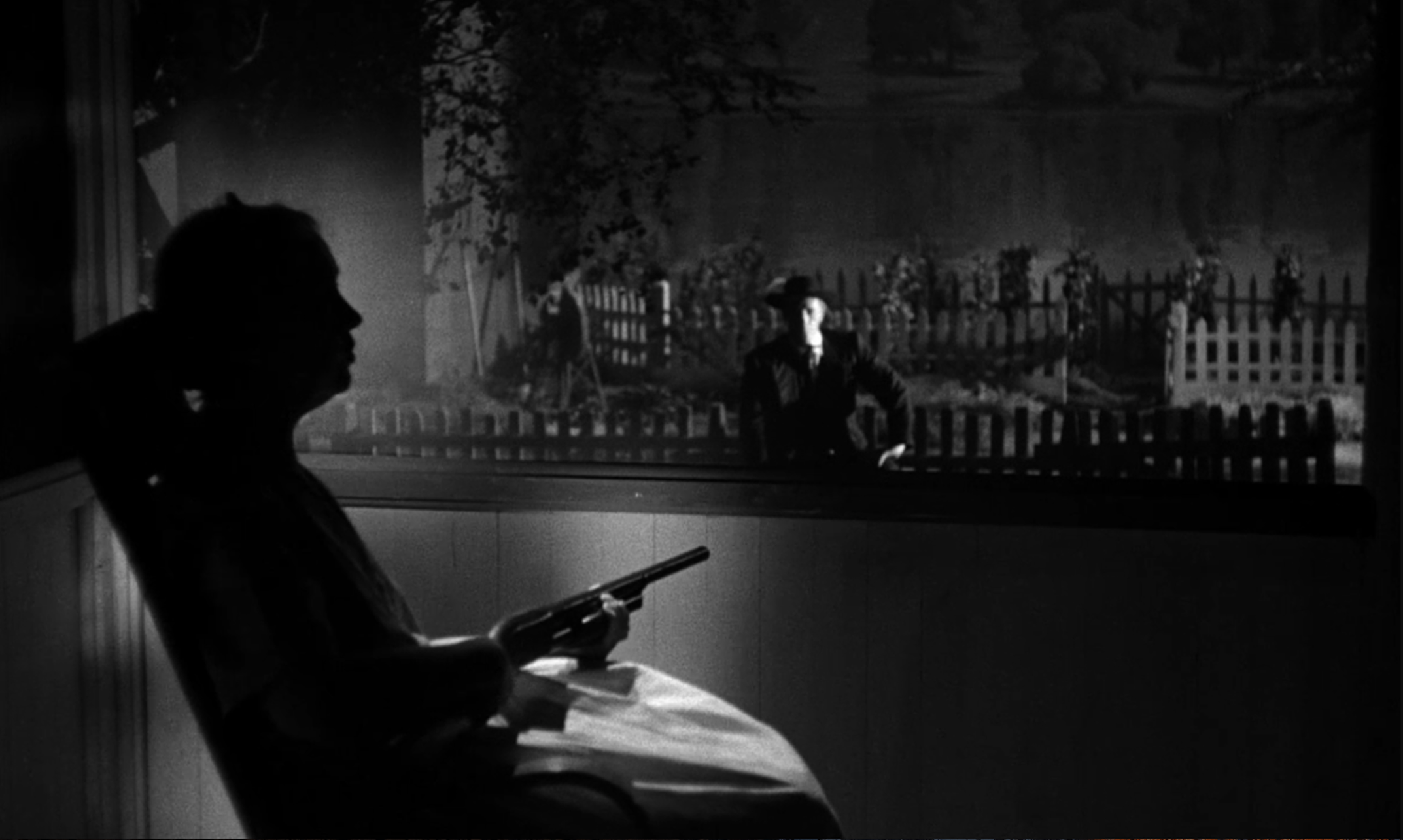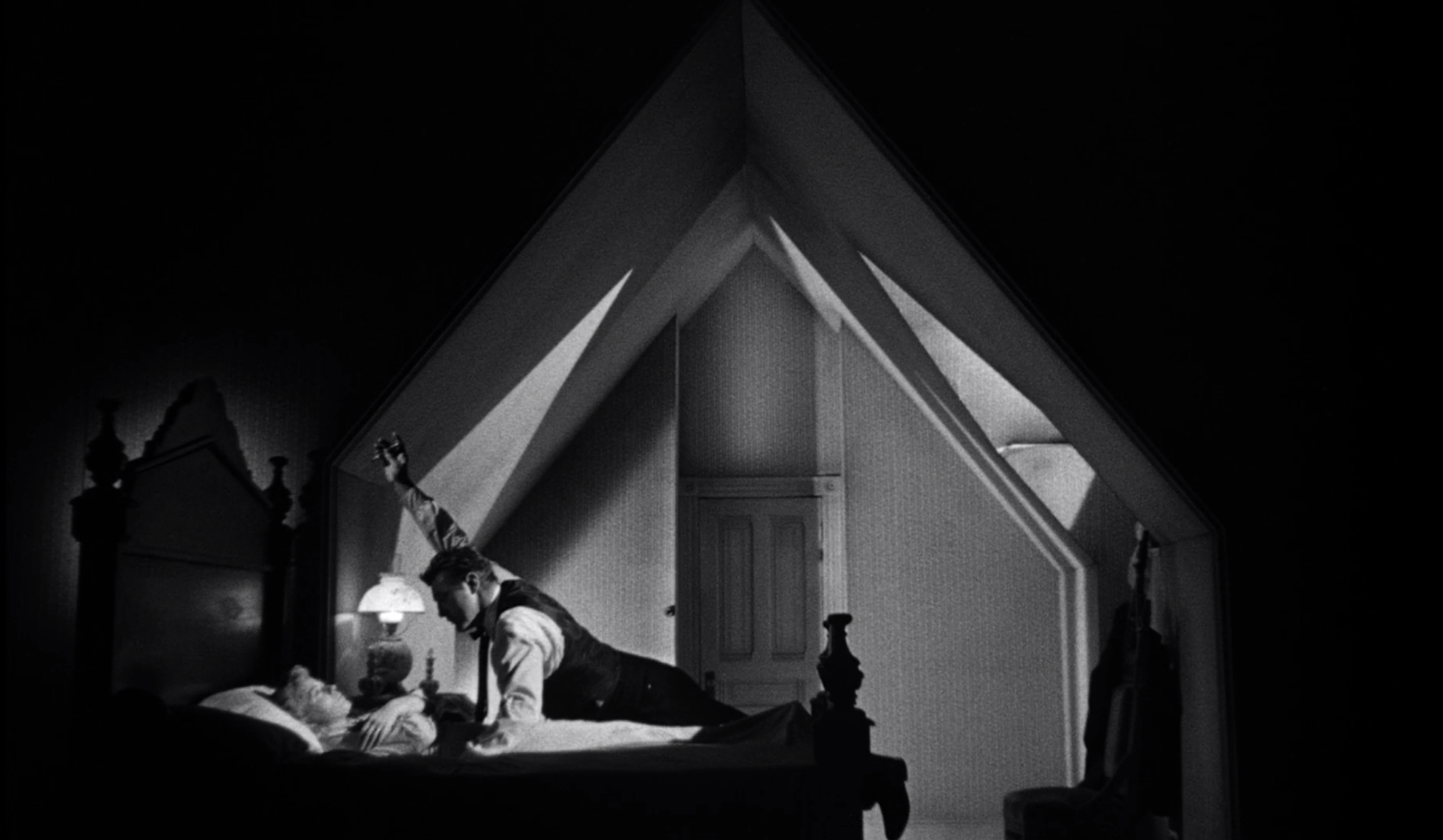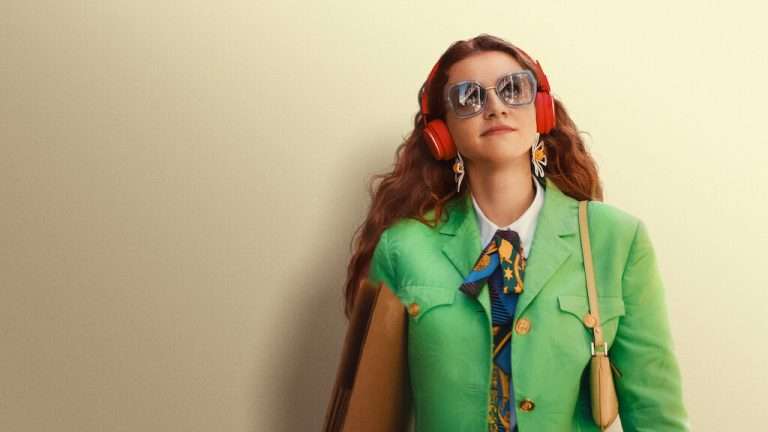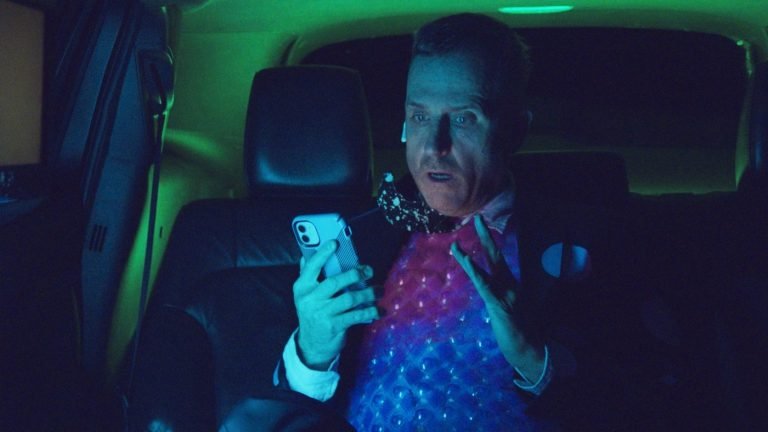“The Night of the Hunter” (1955) stands as a singular achievement in the history of cinema, its haunting atmosphere, innovative visual storytelling, and unsettling themes still resonate with audiences today. Directed by the veteran actor Charles Laughton in his only feature as a filmmaker, this film remains one of the most influential works in American cinema. Though it was not widely appreciated upon its initial release, it has since become a cult classic, recognized for its daring exploration of good and evil, its unforgettable characters, and its visionary approach to filmmaking.
At the heart of “The Night of the Hunter” is a battle between innocence and malevolence, portrayed through the stark contrast of Reverend Harry Powell (Robert Mitchum) and two children, John (Billy Chapin) and Pearl (Sally Jane Bruce). Powell, a charismatic but deeply sinister preacher, marries a widow, Willa Harper (Shelley Winters), in an effort to discover the whereabouts of her late husband’s hidden money. His preacher persona, filled with faux piety and false righteousness, serves as the perfect mask for his deeply corrupt nature.
The narrative’s central conflict unfolds as Powell’s murderous intentions are revealed, and the children must escape the growing threat that looms over them. While much of the story could be viewed as a simple tale of survival, it operates on a much deeper level, exploring the darker corners of human nature and the moral complexities that define good and evil. The children, while young, are portrayed as the true embodiments of innocence, yet they must navigate a world that is anything but innocent.

One of the most striking aspects of “The Night of the Hunter” is its visual style. Shot in stark black-and-white, Laughton and cinematographer Stanley Cortez used the medium to its fullest potential, employing lighting, shadows, and composition to communicate both thematic and emotional weight. The film’s gothic atmosphere is almost dreamlike, with exaggerated, expressionistic sets and landscapes that feel like something out of a twisted fairy tale. This visual style is not just for aesthetic purposes but serves as a tool to deepen the emotional undercurrents of the narrative. The sharp contrasts in the film’s lighting emphasize the battle between good and evil, the gleaming light of innocence clashing with the consuming darkness of evil.
This style is particularly evident in the scenes where Powell is introduced. His imposing presence, enhanced by the striking visual contrasts, communicates his menacing nature before a word is even spoken. The visual choices work in tandem with Mitchum’s performance, a masterclass in restraint and menace. Powell’s sheer charisma and unnerving calm make him a character that is both captivating and terrifying, the perfect antagonist in this dark parable.
At its core, “The Night of the Hunter” is a meditation on faith, morality, and the duality of human nature. Powell’s use of religion to justify his actions is a chilling commentary on the perversion of faith. He constantly preaches about the battle between good and evil, using his role as a preacher to manipulate those around him. The film’s exploration of religious imagery is particularly poignant, as Laughton juxtaposes Powell’s warped understanding of faith with the simple, pure faith of the children. While Powell uses religion as a tool for control, John and Pearl represent a more innocent, untainted form of belief that ultimately allows them to survive.
The film also reflects the broader societal anxieties of the 1950s, a time when the American public was grappling with the concepts of morality, authority, and the role of religion in everyday life. By placing a predatory figure in the guise of a preacher, Laughton directly challenges the trust society places in religious figures, asking difficult questions about the nature of evil and its ability to disguise itself in plain sight. One of the most revolutionary aspects of “The Night of the Hunter” is its portrayal of children as the true protagonists. John and Pearl are not mere bystanders in the narrative; they are active participants in their own survival. The dynamic between the children and Powell forms the emotional backbone of the film, with the children representing innocence and hope, and Powell embodying a corrupt and dangerous force that seeks to destroy them.

John, in particular, is a fascinating character. His courage and determination in the face of overwhelming danger are emblematic of the resilience of the human spirit. Yet his innocence is not naive; he is aware of the evil that surrounds him and is forced to grow up quickly in order to protect himself and his sister. This coming-of-age element adds another layer to the film, as it is not only about surviving an immediate threat, but also about understanding the complexities of good and evil.
Though “The Night of the Hunter” was not a commercial success when it was first released, its reputation has only grown over the years. Critics and filmmakers alike have lauded the film for its originality and boldness, with its influence seen in countless films that followed. Directors like Martin Scorsese, Terrence Malick, and David Lynch have cited Laughton’s work as a major inspiration, particularly in their use of visual storytelling, complex characters, and the exploration of good versus evil. The film’s reputation as a masterpiece has only solidified over time, with modern audiences recognizing its dark beauty, its emotional depth, and its exploration of timeless themes. “The Night of the Hunter” is a testament to the power of cinema to not only entertain, but to provoke thought, challenge expectations, and leave a lasting impact on its viewers.
In “The Night of the Hunter,” Charles Laughton created a film that is both a thrilling psychological drama and a profound moral tale. Through its unforgettable performances, striking visual style, and exploration of timeless themes, it continues to stand as one of the greatest achievements in American cinema. The film’s ability to blend horror, tragedy, and hope, while keeping the audience on edge, ensures that it remains a cinematic masterpiece for generations to come. It’s a film that’s as unsettling as it is beautiful, a haunting reflection on the struggle between good and evil that still feels as relevant today as it did upon its release over six decades ago.



![Brawl in Cell Block 99 [2017]: A Bone-Crunching & Skull-Crushing Delight](https://79468c92.delivery.rocketcdn.me/wp-content/uploads/2017/11/brawl-in-cell-block-99-768x414.jpg)
![Sanak [2021] Review: Works As A Silent Action Movie, Drags As A Character Drama](https://79468c92.delivery.rocketcdn.me/wp-content/uploads/2021/10/Sanak-2021-768x432.jpg)



![Cléo from 5 to 7 [1962]: The Public reflection of a Self](https://79468c92.delivery.rocketcdn.me/wp-content/uploads/2017/05/Cleo-5-to-7.png)
One of my favorite movies of all time. The cinematography is sublime.
Great insight into a remarkable film experience
Nice